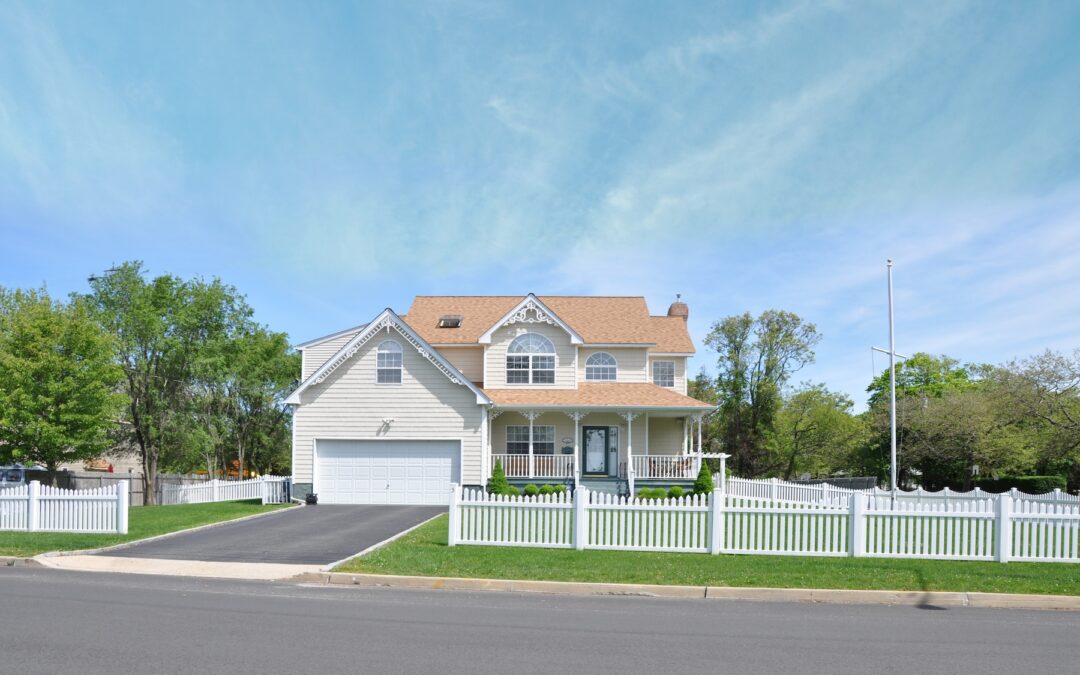


by Tristan Simmons | Jan 2, 2024 | Life Style
Selecting the ideal material for your home fence requires more than just flipping through a catalog and deciding what looks best. You also need to consider a number of variables, such as financial constraints, maintenance demands, and the particular requirements of...When selecting a fence for your property, it's essential to evaluate various factors that can influence your decision. These include your budget, the purpose of the fence, local regulations, and the overall aesthetics you wish to achieve. Understanding these elements will help you narrow down your options and choose a fence that meets your specific needs.
For instance, if security is a primary concern, you may want to consider taller, more robust materials like vinyl or wrought iron. Alternatively, if you're looking for a decorative option to enhance your garden, a wooden picket fence might be more suitable. Additionally, checking with local zoning laws can prevent potential legal issues regarding height and placement.
Fencing materials vary widely, each offering unique benefits and drawbacks. Common materials include wood, vinyl, chain link, and metal, each catering to different needs and preferences. Understanding the characteristics of each material can help you make an informed choice based on durability, maintenance, and cost.
For example, wood fences provide a classic look and can be customized with paint or stain, but they require regular maintenance to prevent rot. Vinyl fences, on the other hand, are low-maintenance and resistant to weathering, making them a popular choice for homeowners seeking durability without the upkeep. Chain link fences are economical and provide visibility without obstructing views, while metal options like aluminum offer strength and a modern aesthetic.
Proper maintenance is crucial for extending the lifespan of your fence and keeping it looking its best. Depending on the material, maintenance requirements can vary significantly. Regular inspections, cleaning, and timely repairs can prevent more extensive damage in the long run.
For wooden fences, it’s advisable to check for signs of rot or insect damage at least once a year and to apply a protective sealant every few years. Vinyl fences generally require less maintenance, but periodic cleaning with soap and water can keep them looking new. Metal fences may need rust prevention treatments to maintain their integrity, particularly in coastal areas where salt can accelerate corrosion.
Installing a fence can be a rewarding DIY project if approached systematically. The process typically involves planning, gathering materials, and following a series of steps to ensure a sturdy and level installation. Understanding the fundamentals of fence installation can empower homeowners to take on this task confidently.
Begin by marking the layout of your fence and obtaining any necessary permits. Next, dig post holes, ensuring they are deep enough for stability, and then set the posts in concrete. Once the posts are secure, attach the panels or rails according to your chosen design. Finally, finish the installation by adding any gates and performing a final inspection to ensure everything is aligned and functional.